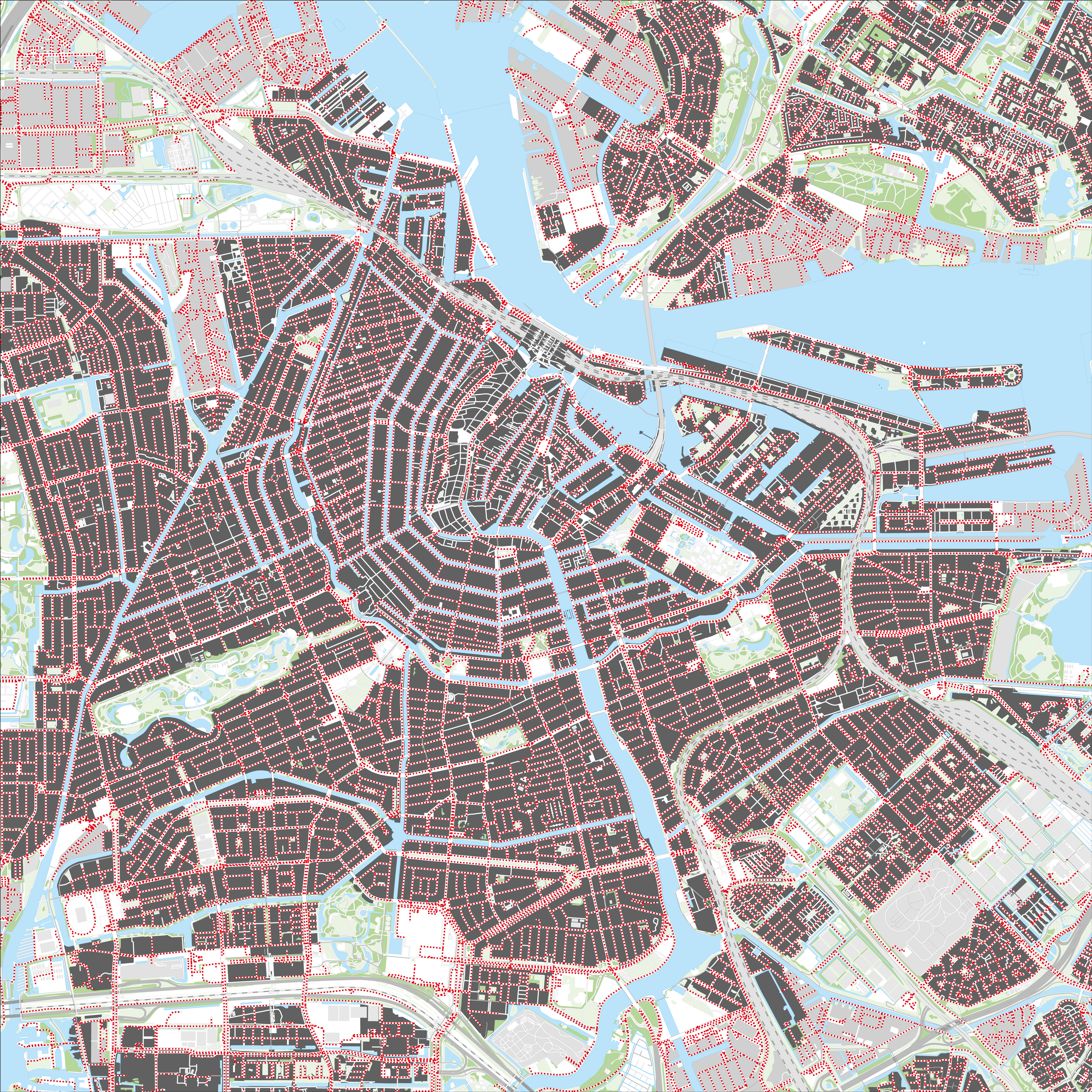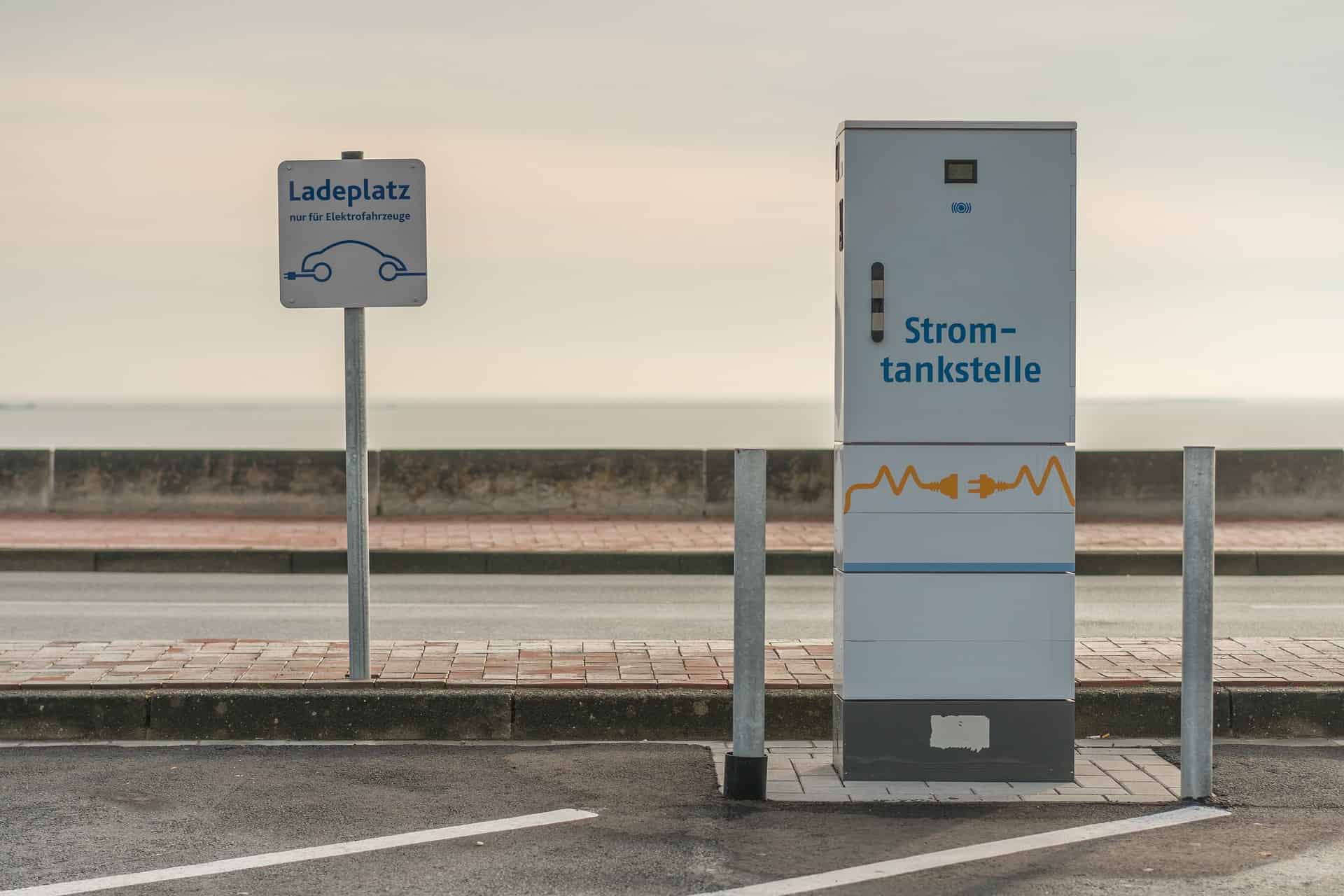
The ‘Design for an electric city’ event focuses on the future streetscape of the city of Amsterdam – and the rest of the world. The charging pole of the future was presented, and various experts glanced at the future of mobility, the charging network, and public space in the city.
The Netherlands has the most charging stations per square meter in Europe. However, many more are needed to enable the sustainable transition to electric driving. Therefore, the City of Amsterdam wants to significantly expand the number of charging stations by 2030. A total of 82,000 charging stations must be added. That is one charging station for every 21 meters on the public road. By that year, it is expected that 1.7 million charging points will be needed throughout the Netherlands to power all electric cars, trucks, and vans. There will then be some 1.9 million electric cars in the country.
Charging Pole
During the event, a new charging station was presented, specially designed for the city of Amsterdam, by designer Sabine Marcelis in collaboration with the car brand Audi. At the moment of the unveiling, all the lights in the hall go out. Spotlights appear on the floor. Bombastic music sounds. A sliding door opens, and a white Audi drives in. The new charging station is pushed onto the stage from the other side of the hall. To Mrs. Marcelis, the honor of connecting the car to the charging station.
“All those charging stations will change the city’s streetscape, but with my design, I want to preserve the city’s character,” Mrs. Marcelis says. She chose a charging station made of 3D-printed sand. Amsterdam is also built on a layer of sand. On the back are three crosses, a nod to the well-known Amsterdam poles. The real eye-catcher, however, is the top of the charging station. A slim glass design with a surprise: it contains solar panels.

Overloaded network
The charging station is made with technology from Revolt. This start-up offers all-in-one charging solutions for property owners and businesses. “To achieve the targeted 1.7 million charging stations in the Netherlands, 644 charging stations need to be installed every working day, starting now,” says co-founder Rutger Bosch. “Right now, 200 are installed every working day. So we need to place three times as many as we do now. So plenty of work to do.”
Smart charging
The quality of the energy network in the Netherlands is good, but there is little or even no room for expansion in some places. Bosch suggests several solutions to this problem. “If we want to keep growing, we must deal with it differently. Suppose we have to connect 250 households to a charging station. If we do nothing, we can charge about 15 cars simultaneously with our current network. If we smartly do that, for example, through Smart Charging, we can charge as many as 50 cars simultaneously. The network then looks at how much capacity there is in the car’s battery, how much capacity you need, and how that can be optimally distributed. That way, the car with the least capacity gets the most power.” Revolt is also developing “bidirectional charging stations. This allows two-way charging. Cars can thus also act as power sources.

There is also something that electric drivers themselves can do to avoid overloading the grid. For that, they need to start thinking differently about their vehicle. “We have to eliminate the idea that you have to leave home with a full battery. We drive an average of 32 kilometers a day. The battery doesn’t have to be full for that. Users need to change their charging habits. You know, the charge peddlers. People who hang their car on the charging pole, walk away and leave it on for ten hours. Someone else can use that time, too.”
The changing city
That change in mentality will also be needed in designing the future city. Jeroen van Willigen is an urban planner and creative director at the architecture firm De Zwarte Hond. He deals with the development of public space and has some tips for the City of Amsterdam. “Amsterdam should be more like Groningen. They should look at how to scale down car mobility. Groningen started doing that fifty years ago. People there now mostly cycle and walk. All facilities, such as the hospital, the university, and supermarkets, can be reached on foot there.”
Public space has undergone a major change, according to Van Willigen. “It was once a kind of village square. Now it is a place to get from A to B. Especially by car.” Public space must therefore remain interesting for everyone, Van Willigen believes. “There needs to be a lot of thought about how you deal with public space. It should be a place for people to meet and stay there. Not for machines.”
“Public space should be a place for people to meet and stay there. Not for machines.”
Jeroen van Willigen
Standards and values
The value of good mobility in society is immutable, according to futurologist Jacintha Scheerder. She spent three years researching the future Netherlands. “We used to have horses running through the city. They were a nuisance because of all the ammonia that was released. It was polluting. A hundred years on, and we’re thinking the same thing about car exhaust.” Partly for this reason, Scheerder believes that many wheels will disappear from the streetscape in the city.
Our norms and values regarding mobility will change in the future, though. “The population growth will still increase in 2050, and more and more people will move to the cities. An aging population is also taking place, making us dependent on customized transportation. We must think differently about how, when, and what we travel. Unlimited access to transportation could change, for example. Or we will soon always grab electric transport at a minimum distance.”


